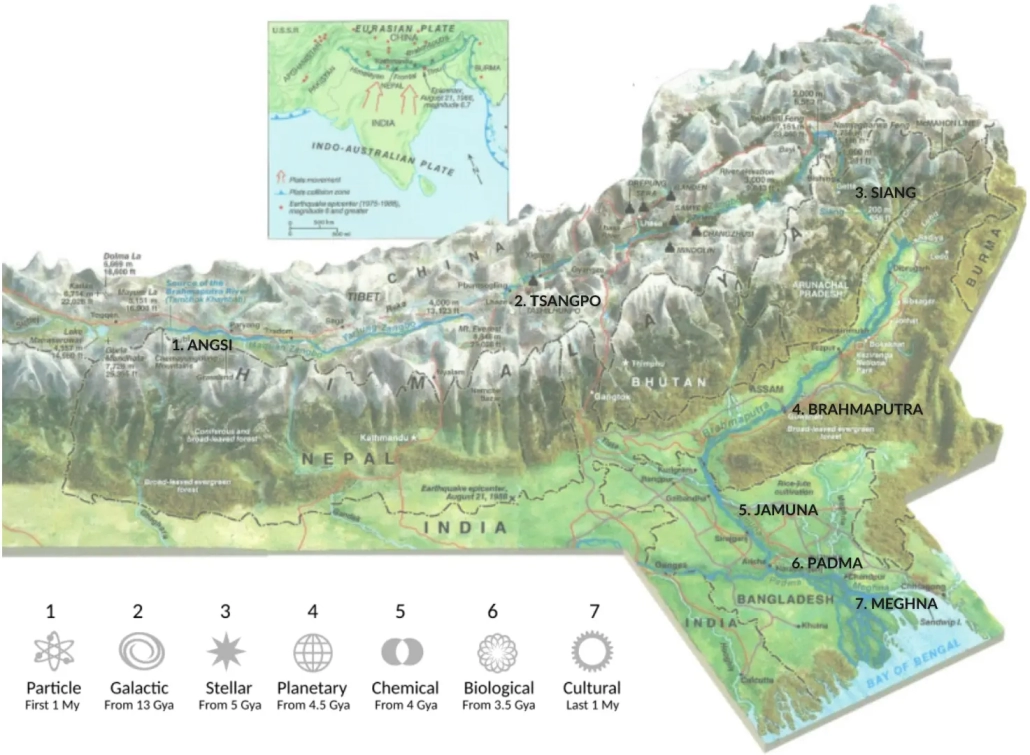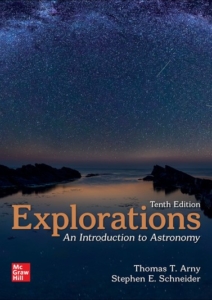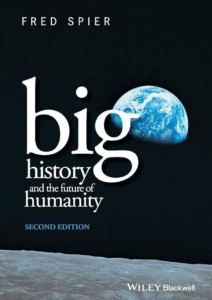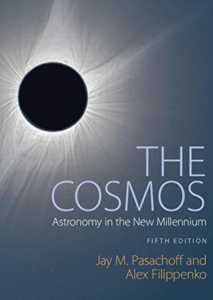Big bang, emergence of fundamental forces and elementary particles, domination of matter over radiation, rise of neutral atoms, cosmic background radiation; light and color, telescopes.
AST 100: Our Cosmic History
A tour in space and time to find our place in the universe
Our Cosmic History is a natural science foundation course, open to all IUB students, especially those without a math background. The goal is to unravel the universe’s 14-billion-year saga and explore its seven ages, unveiling the engine powering its metamorphoses: a delicate dance of chance and necessity, leading to a cosmos teeming with complexity. This journey along the river of time is accompanied by the marvels of 21st-century astronomy and astrophysics.
The course is co-offered with PHY 100: Physics for the Next Generation popular among BBA students. AST 100 and PHY 100 are two codes for the same course. Here are the three main Learning Outcomes of the course:
- Understand our cosmic address by navigating the immensity of space and time.
- Identify the tools and methods used for uncovering the anthropocentric history of the universe.
- Realize the relevance of cosmic history in our life irrespective of our profession or culture.
Assessment Strategy
| Assessment | Marks |
|---|---|
| Attendance | 10 |
| Punctuality | 10 |
| MCQ Quizzes (6 x 5) | 20 |
| Midterm presentation | 21 |
| Final presentation | 30 |
| Group work | 9 |
Seven ages of the universe
The seven chapters of the course deal with the seven ages of the universe, respectively. Mirroring Shakespeare’s seven ages of a human life, Eris Chaisson divided the anthropocentric history of the universe into seven ages: particle, galactic, stellar, planetary, chemical, biological and cultural. Here I have compared these ages with the seven stages of the international Brahmaputra river metaphorically. Key events and topics covered in each chapter are as follows. [ya: years ago, M: million, B: billion]






